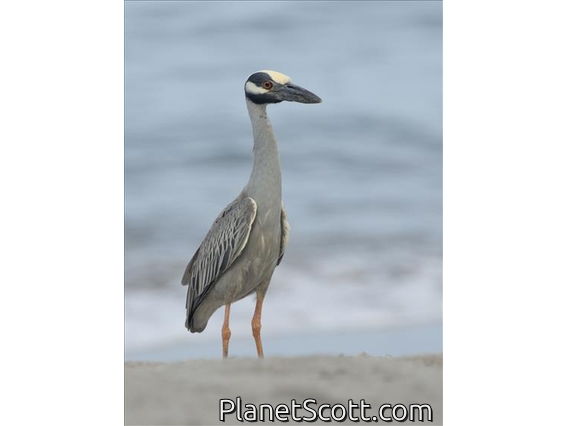Yellow-crowned Night Heron (Nyctanassa violacea)

Yellow-crowned Night-Heron (Nyctanassa violacea)
×


Yellow-crowned Night-Heron (Nyctanassa violacea)
About Yellow-crowned Night Heron (Nyctanassa violacea)
- Kingdom: Animals
- Phylum: Chordates
- Class: Birds
- Order: Pelicans
- Family: Herons
The yellow-crowned night heron is one of two species of night heron in the genus Nyctanassa. Unlike the black-crowned night heron, which has a worldwide distribution, the yellow-crowned is restricted to the Americas. It is known as the bihoreau violacé in French and the pedrete corona clara or yaboa común in some Spanish-speaking countries.
Source: Wikipedia
Trips
Visits
-
2006-11-26
Guayaquil, Ecuador -
2006-12-07
Isla Isabella - Puerta Villamil, Ecuador -
2007-10-11
La Mancha, Mexico -
2007-10-17
Sontecomapan, Mexico -
2008-01-07
La Tovara, Mexico -
2009-01-18
Lamanai Ruins River Trip, Belize -
2009-02-07
Parque National Iztopo, Honduras -
-
2009-03-15
Boca de Cupe, Panama -
2011-07-10
Santa Fe River, United States of America -
2013-04-14
Austin, United States of America -
-
-
-
-
-
-
-
2025-03-31
Anse Chastanet Beach, Saint Lucia -




